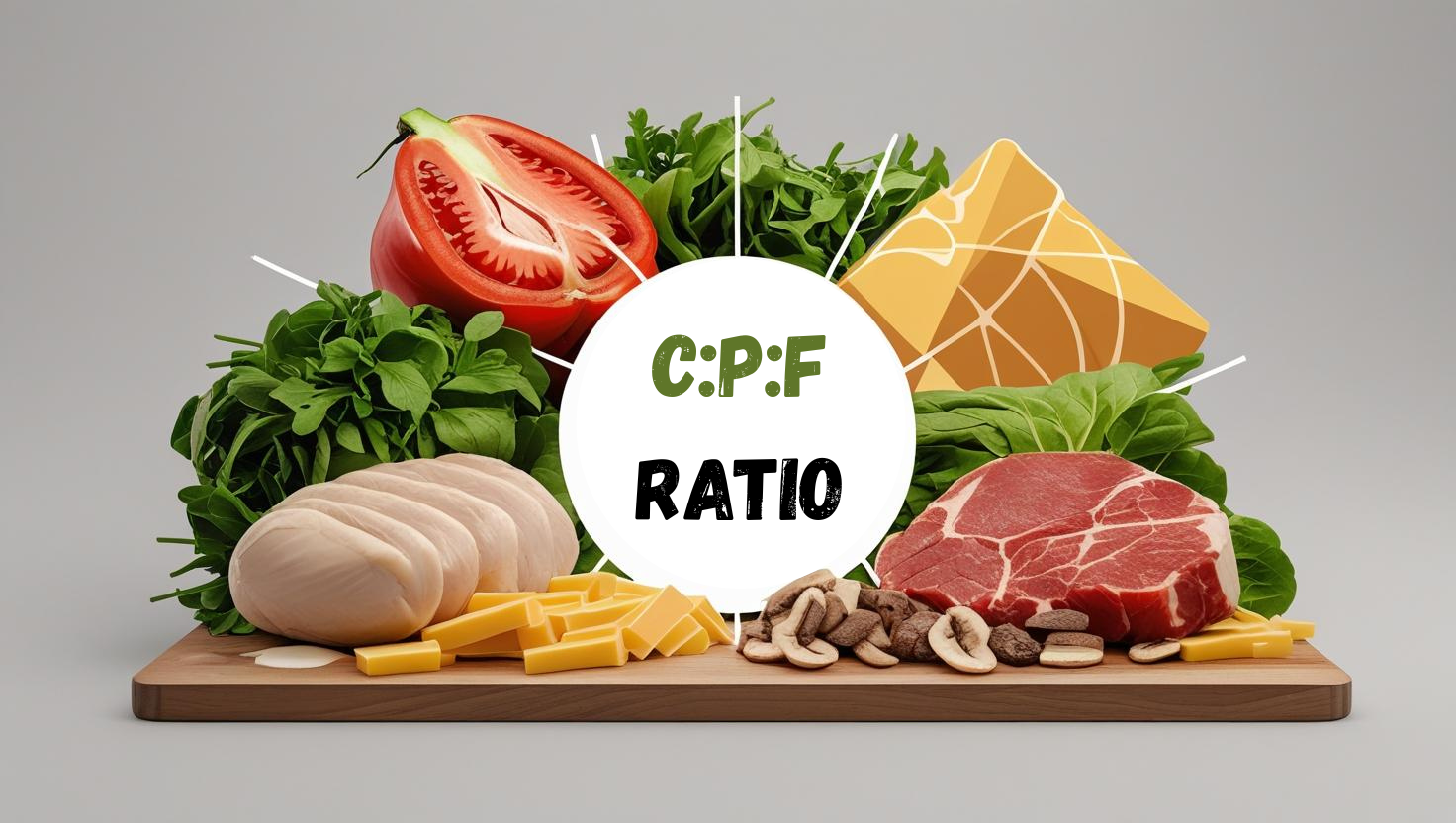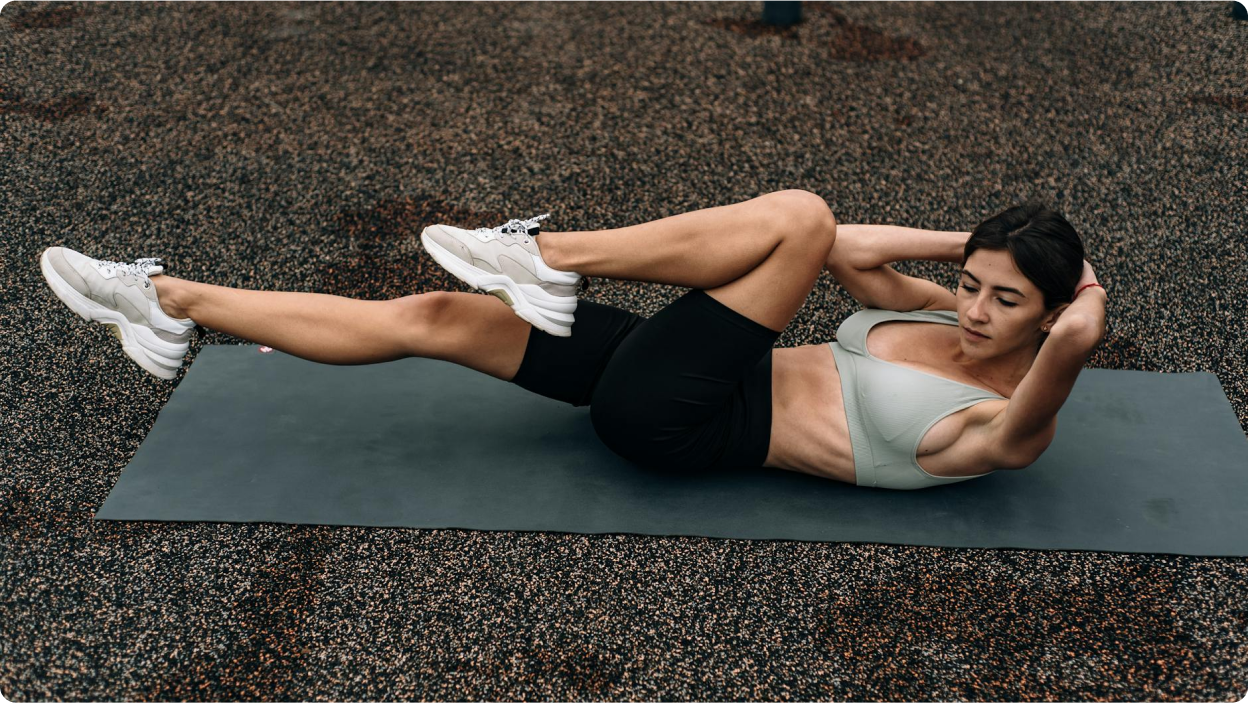
The Scoop on Glycemic Load & Glycemic Index: What You Need to Know
Glycemic Index (GI): The Speedometer for Your Blood Sugar
Think of the Glycemic Index (GI) as a speedometer for your blood sugar. It ranks foods on a scale of 0 to 100 based on how quickly they raise blood sugar levels:
- Slow & Steady (Low GI: 0-55): Keeps energy levels stable (e.g., quinoa, steel-cut oats, millets, lentils/whole dals, chickpeas, non-starchy veggies like spinach, cauliflower, bell peppers, broccoli, sweet potato, whole dal chillas, paneer, seeds).
- Moderate Pace (Medium GI: 56-69): Moderate rise in blood sugar (e.g., whole-grain bread, basmati rice, banana, chickpeas, rawa, poha, upma, millet roti, sabudana, thepla or paratha).
- Full Throttle (High GI: 70-100): Quick spike, quick crash (e.g., instant oats, wheat, maida, white bread, sugary cereals, watermelon, potatoes, corn flakes, poha, pizza, fast food, appam, dosa, donuts, idli, naan, vada sambar, pongal, white rice, samosa, sugary heavy sweets like jalebi, rasgulla, gulab jamun, & other Indian sweets).
Glycemic Load (GL): The Full Picture

GI tells you how fast a food affects blood sugar, but GL tells you how much it actually impacts you. The formula:
GL = (GI × Carbs per serving) / 100
1. Chill Mode (Low GL: 0-10):
Minimal impact. (Examples- mung beans, whole dal dosa, besan chilla, seeds & nuts, non-starchy vegetables like cucumber, broccoli, bell peppers, gourds, spinach, etc.)
2. Middle Ground (Medium GL: 11-19):
Moderate impact.(Examples- oats, brown bread, chickpeas, quinoa, rawa, upma, sabudana, toor dal.
3. Red Alert (High GL: 20+):
Major blood sugar spike. (Examples- chapati/roti, dosa, laduu, naan, appam, paratha & aloo ki sabji, puri bhaji, laddoo, modak, gulab jamun & other Indian sweets)
For example, watermelon has a high GI but a low GL—because it’s mostly water with few carbs per serving.
Why GI and GL Matter: The Game-Changers in Your Diet
For example, watermelon has a high GI but a low GL—because it’s mostly water with few carbs per serving.
- Steady Blood Sugar – crucial for diabetes management.
- All-Day Energy – no more sugar crashes.
- Waistline Wins – prevents excess fat storage.
- Disease Defense – lowers risk of heart disease and type 2 diabetes.
- Brain Boost – better mood and focus
Simple Hacks to Master GI & GL in Your Diet
- Go for the Slow Burn: Whole grains, legumes, and non-starchy veggies over white rice or bread.
- Pair Like a Pro: Balance high-GI foods with protein or fiber (e.g., rice with grilled chicken and veggies, egg vegetable fried rice, salad + homemade paneer curry with jowar/bajra roti, etc.).
- Fats & Proteins Are Your Friends: Nuts, seeds, olive oil, eggs, and fish help slow sugar absorption, if consumed in moderation
- Portion Control = Power: Even healthy carbs can spike GL if you overeat them.
- Smart Snacking: Greek yogurt, nuts, and hummus with veggies keep you full longer.
Who Benefits Most from GI/GL Awareness?












- Diabetes & Insulin Resistance Warriors
- PCOS & Hormonal Health Fighters
- Heart Health Enthusiasts
- Weight Loss & Metabolism Boost Seekers
- Mind & Mood Optimizers
- Athletes & Energy Seekers
Triva: Your Secret Weapon for Easy GI/GL Tracking
Triva makes it effortless to track GI and GL so you can focus on enjoying your meals while staying on top of your health:
- Massive GL/GI Database – Log meals, and Triva crunches the numbers for you.
- Custom Meal Plans – Tailored to diabetes, weight loss, or energy balance goals.
- Family-Friendly Choices – Healthy, balanced meals for everyone at home.
- Effortless Tracking – Just log your meals, and Triva does the rest!
Eat smart, feel great, and take control—one meal at a time!


